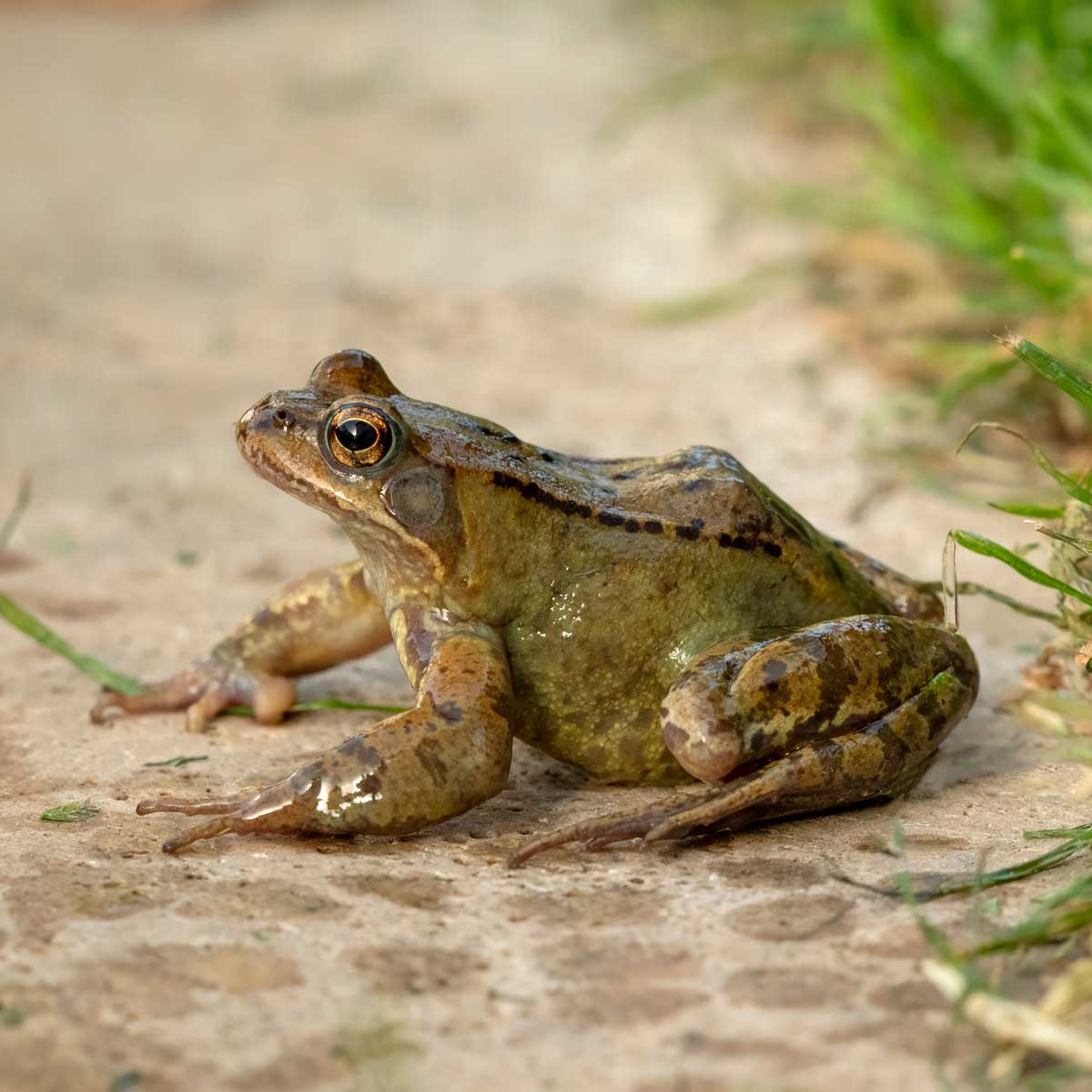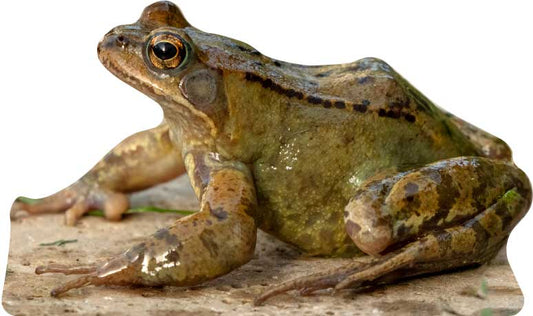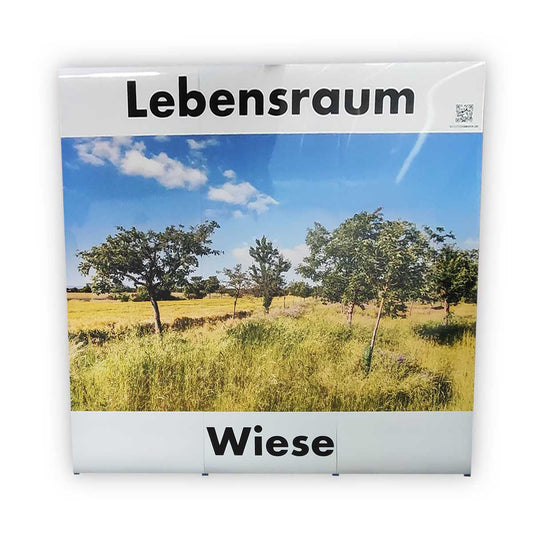
Common frog
The common frog, a widespread and common amphibian species, plays an important role in the ecosystem as a predator of insects and other invertebrates. This fact sheet provides a detailed overview of the biology and lifestyle of the common frog and highlights the importance of its protection and conservation in natural habitats.
Common frog Products
-
Animal display yellow-bellied toad
No reviewsRegular price 12,90€Regular priceUnit price / per -
Pop-Up Wall "Forest Habitat"
No reviewsRegular price 300,00€Regular priceUnit price / per -
Pop-Up Wall "Forest Habitat"
No reviewsRegular price From 1.200,00€Regular priceUnit price / per -
Pop-Up Wall "Forest Habitat"
No reviewsRegular price From 1.200,00€Regular priceUnit price / per
Profile: Common frog
-
Scientific classification
- Class: Amphibians (Amphibia)
- Order: Anura
- Family: True frogs (Ranidae)
- Genus: Rana
- Species: R. temporaria (common frog)
-
Physical characteristics
- Size: Body length of 5-9 cm
- Weight: 10-25 g
- Special features: Brown or grey back fur with dark spots, light belly, smooth, moist skin, large eyes and narrow muzzle.
-
Habitat and distribution
- Common regions: Europe, Northern Asia, parts of Northern Africa
- Habitat: Wet areas such as meadows, ponds, swamps, forest edges, gardens and parks.
-
Nutrition
- Diet: Carnivore
- Typical food: insects, worms, snails, small spiders and other invertebrates.
-
Reproduction and lifestyle
- Spawning season: Spring
- Reproductive behavior: Amphibious spawning migrations to spawning waters
- Spawn: Small clumps of up to 1000 eggs laid in water
- Metamorphosis: Larvae (tadpoles) develop into adult frogs.
-
Lifespan and protection status
- Life expectancy: 3-7 years in the wild
- Threat status: Not threatened, but habitat loss, pollution and disease can affect local populations.
- Conservation measures: conservation and protection of wetlands, raising awareness about amphibian and nature conservation.



